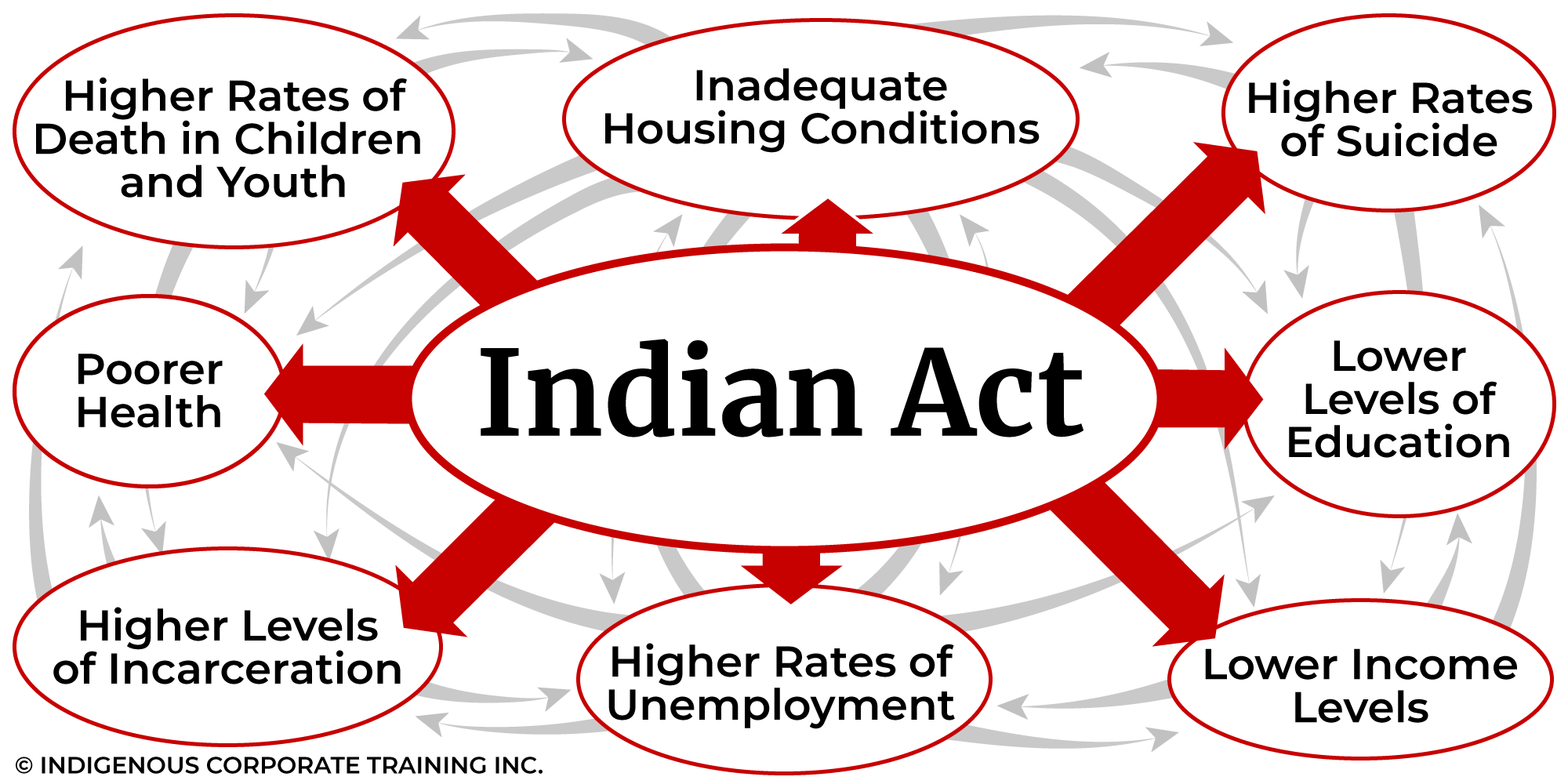1 min read
8 Key Issues for Indigenous Peoples in Canada
Eight of the key issues of most significant concern for Indigenous Peoples in Canada are complex and inexorably intertwined - so much so that...

In this article, we look at the barriers - some tangible, some not - that maintain the status quo of exorbitant rates of unemployment amongst Indigenous people in Canada.
There have been massive, comprehensive studies done on this issue for years yet sadly, the barriers identified decades ago are pretty much the same in 2019 - not a lot of traction on the ground in terms of change and improvement.
What is the root of the barriers to employment that so many Indigenous people in Canada face? It can be pretty safely said that the seeds were sown at the time of contact. European settlers viewed Indigenous people as inferior and savage, and many Indigenous people viewed settlers with distrust, anger and fear.
Move along the timeline to the enactment of assimilation laws and residential schools and we see the ensuing intergenerational fallout of those laws - crushing poverty, poor health, low esteem, broken families and lower-than-average education achievements. And then there’s the Indian Act and its paternalistic laws that continue to further exacerbate the situation.
1. Literacy and education: high school and basic literacy skills are requirements for nearly all jobs.
Among those aged 25 to 65, just over one-third (35%) of off-reserve First Nations people had a literacy score of level 3 or higher, while the figure was 50% for Métis. In comparison, 57% of non-Aboriginal individuals had a literacy score of level 3 or higher (Chart 1). At the same time, almost one-quarter (24%) of off-reserve First Nations people and 40% of Métis had higher levels of numeracy, compared with 49% of their non-Aboriginal counterparts. [1]
2. Cultural differences: employers and co-workers may not understand or respect the unique cultural differences of Indigenous people which can create a worksite atmosphere of disrespect, resentment or distrust.
3. Racism/discrimination/stereotypes: this is one of the fundamental barriers to Indigenous people getting a job and remaining in the job, and it is directly related to the attitudes passed down since European settlers arrived in North America. There are a number of myths and misconceptions about Indigenous people and perceived special treatment that some non-Indigenous people still believe are truths.
4. Self-esteem: poverty, broken families, racism, stereotypes, discrimination, and few role models all contribute to low self-esteem. It’s hard to present well in a job interview when one is struggling with low self-esteem.
5. Poverty and poor housing: Many First Nations children, living on-reserve, start each day in an overcrowded, inadequate home that likely is in need of repairs, has asbestos, and mould, and may not have drinking water. Unhealthy living conditions affect a person’s mental and physical well-being.
One in five Indigenous people lived in a dwelling that was in need of major repairs in 2016
One-quarter (26.2%) of Inuit, 24.2% of First Nations people and 11.3% of Métis lived in a dwelling that was in need of major repairs. In comparison, 6.0% of the non-Indigenous population reported living in a dwelling in need of major repairs. [2]
6. Lack of a driving license: a real stumbling block in remote communities - just getting to the nearest office to write the initial test can be challenging. Taking driver’s training is similarly a challenge as there may not be easily accessed training providers or, for that matter, a vehicle on which to learn.
7. Transportation: few remote communities are serviced by public transit; vehicle insurance is expensive and out of reach for many in pre-employment situations; again, owning a vehicle or having access to a vehicle is frequently not a reality.
8. Child care: safe, affordable child care is a challenge for mainstream Canadians - it is even more of a challenge for parents in Indigenous communities.
[1] Literacy and numeracy among off-reserve First Nations people and Métis: Do higher skill levels improve labour market outcomes?
[2] First Nations People, Métis and Inuit in Canada: Diverse and Growing Populations, Statistics Canada
Featured photo: Unsplash

1 min read
Eight of the key issues of most significant concern for Indigenous Peoples in Canada are complex and inexorably intertwined - so much so that...

One of the challenges to retaining Indigenous employees is that many work sites are not inclusive environments. Creating a working environment that...

The definition of “myth”, according to the Oxford Canadian Dictionary, is “a widely held but false notion.” When it comes to the topic of Indigenous...